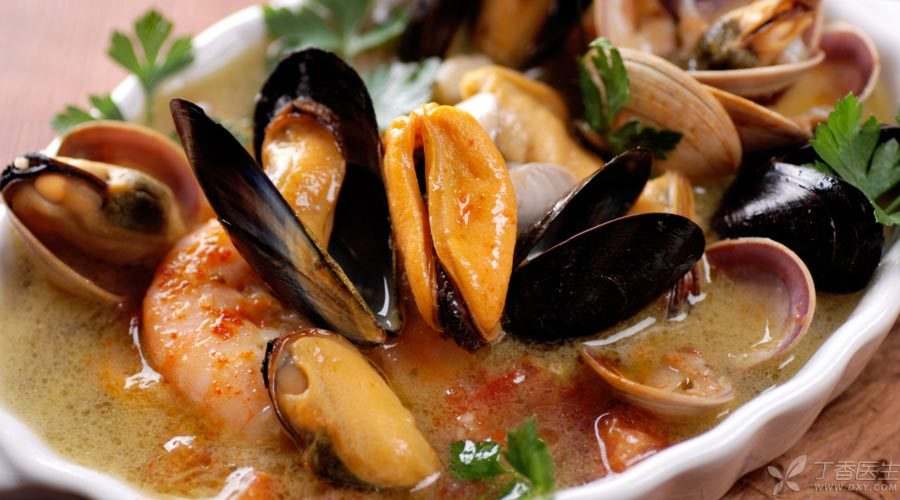
Generally speaking, seafood includes algae, fish, shrimps and shellfish.
Specifically, kelp and laver belong to algae. Fish include hairtail, salmon, etc. Metapenaeus metapenaeus and scallops are shrimps and shellfish. The iodine content of these seafood is actually very different.
Iodine Content of Common Seafood
| Iodine content | Seafood species | 举例 |
In this way, it may still be impossible to know the level of iodine content. Let’s compare iodized salt that we often use.
The average iodine content of iodized salt in China is 30 milligrams per kilogram, i.e. About 30 micrograms per 1 gram of iodized salt, almost 6 times the iodine content of 100 grams of hairtail!
In contrast, the iodine content of 100g hairtail is really insignificant, and some iodine will be lost after cooking.
Let’s look at the advice of the World Health Organization (WHO): Healthy adults (non-pregnant women) should consume 150-300 micrograms of iodine every day. Pregnant and lactating women should ensure at least 250 micrograms of iodine intake every day.
So how do people with thyroid diseases eat?
Rumor: Hyperthyroidism Patients Never Eat Seafood
Truth: There is so much seafood that hyperthyroidism can be eaten.
Thyroid gland uses iodine synthesis to secrete excessive thyroxine to cause hyperthyroidism. After treatment, hyperthyroidism patients, such as thyroid function is not normal, or accompanied by goiter, at the same time intake of more iodine, will make the disease worse. At this time must [avoid] iodine diet.
If the thyroid function is normal and there is no obvious swelling of the thyroid gland, small yellow croaker, hairtail and cuttlefish with less iodine content can be selected to relieve the craving. It is recommended to eat them no more than twice a month. Use non-iodized salt when cooking.
Rumor: Hypothyroidism Patients Should Eat More Seafood
Truth: Not all hypothyroidism lacks [seafood].
Iodine deficiency will lead to hypothyroidism caused by insufficient thyroxine synthesis, and many seafood are rich in iodine, which can provide raw materials for thyroxine synthesis and relieve hypothyroidism caused by iodine deficiency.
However, long-term high iodine diet will induce autoimmune thyroiditis, such as Hashimoto’s thyroiditis, destroying thyroid cells, thus aggravating hypothyroidism.
Therefore, patients with hypothyroidism caused by iodine deficiency can eat kelp, laver and other high iodine seafood moderately. However, for patients with sufficient or even excessive iodine, it is inappropriate to choose algae seafood, and occasionally eating a little marine fish is no problem.
So, how do you know if you are iodine deficient or sufficient?
Just do a urine iodine test and you will know that the urine iodine of children and adults (non-pregnant women) should be controlled at 100 ~ 199 g/L as far as possible.
Rumor: Thyroid nodules cannot eat seafood,
Truth: Nodules alone cannot decide whether you can eat seafood.
Thyroid nodules include thyroid cysts, adenomas and thyroid cancers. The causes of thyroid nodules are not only related to heredity, ionizing radiation, smoking, anxiety, etc., but also related to iodine deficiency or high iodine in the body.
For patients with thyroid nodules accompanied by hyperthyroidism or hypothyroidism, seafood intake can refer to patients with hyperthyroidism and hypothyroidism without thyroid nodules.
For patients with thyroid nodules with normal thyroid function, it is also best to determine the type and quantity of seafood intake under the monitoring of urine iodine.
In general, patients with hyperthyroidism should avoid seafood with high iodine content, and non-iodized salt should be selected for salt. Patients with hypothyroidism should not eat seafood without scruple. Like patients with thyroid nodules without hyperthyroidism, the specific consumption of seafood can be determined according to urine iodine results and daily recommended iodine intake.
